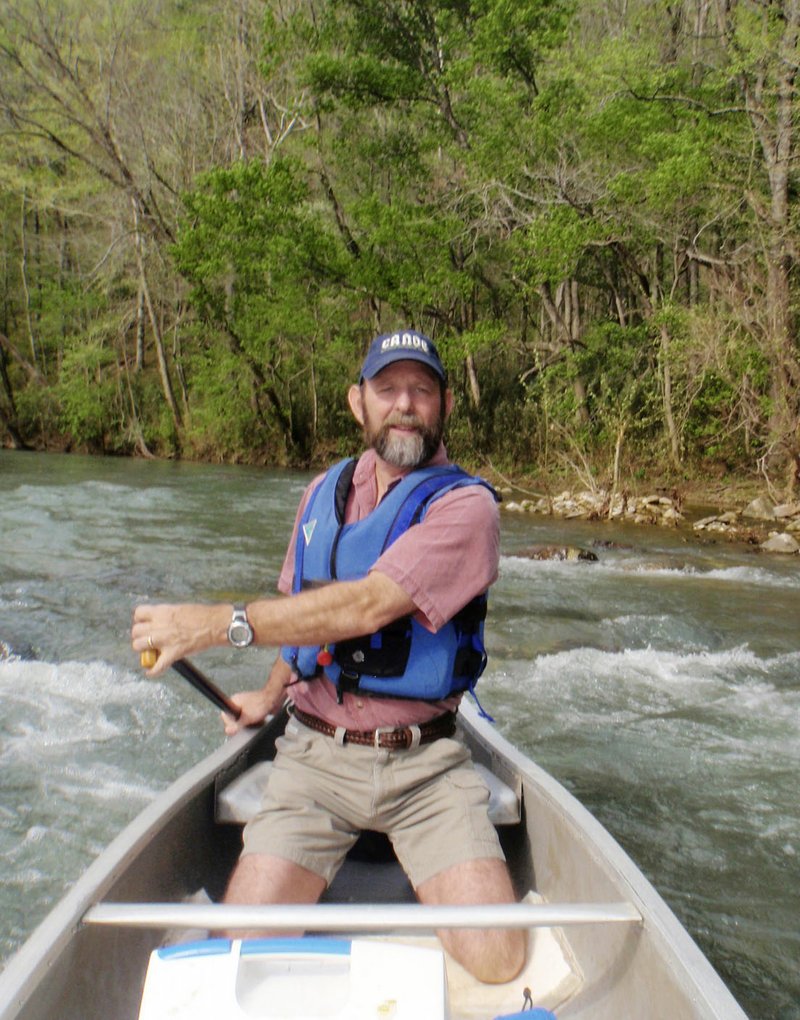One goal of an enjoyable canoe trip is keeping you and your gear dry. That means keeping your canoe upright.
Heed these few easy tips to prevent a capsize and the hull of your canoe will never tip toward the sun.
The number one thing a paddler can do is kneel in the canoe. If you've sat in the seat all of your canoeing life, you'll immediately notice how much more stable the canoe is when you kneel. Kneeling lowers your center of gravity and makes paddling easier in rough water.
Kneel and place your knees so they brace against the spot where the sides and floor of the canoe meet. Now rest your rear on front of the seat. It's that easy.
No need to kneel the whole trip, but it's a good idea when going through the rough stuff. Kneeling may come in handy when canoeing tandem with a new partner. If they're fidgety or rocking the boat, kneeling can counter those moves.
Don't want to kneel on those tender, bare knees? Wear knee pads, the kind volleyball players wear. Or, toss a thin closed-cell pad on the floor of the canoe in front of you. If you find kneeling to your liking, you may want to glue the pad permanently to the floor of the canoe.
Another tippy situation occurs when paddlers get into their boats. No worries when you use this technique. Stand beside the canoe. Now place one hand on the left gunwale and one on the right gunwale so you have a steady hand-hold on both gunwales. Now, place one foot on the floor of the canoe. Here you've got three points of contact with the boat. Shove off with your other foot that's on shore. Then sit or kneel and off you go.
It's a good idea for the stern paddler to get on board and settled first, followed by the bow paddler. This is a good time for kneeling by the stern paddler.
No wonder kayaks are all the rage nowadays. You're paddling solo. No guessing about what your partner's going to do. All you have to worry about is you.
On a river in a canoe or kayak, most obstacles that are going to cause trouble are located on the outside of bends in the stream. Going into a bend, keep to the inside of the bend because the current is naturally going to push you to the outside.
It's easy to get distracted chit-chatting your way downstream enjoying the scenery and wildlife. Pay attention to what's downriver. If you see a rock or tree ahead, plan far in advance how you're going to avoid it. Don't wait until you're 10 yards upstream from trouble to plan your moves.
Do much canoeing or kayaking and eventually you're going to tip. Canoeing on the Buffalo one time, my partner and I each spotted the biggest turtle we'd ever seen under the right side of the boat. Both of us leaned right for a good look. In a whipstitch we were swimming with that turtle.
Most importantly, wear your life jacket so you'll live to enjoy a lifetime of river adventures.
Flip Putthoff can be reached at fputthoff@nwadg.com
Sports on 08/13/2019
